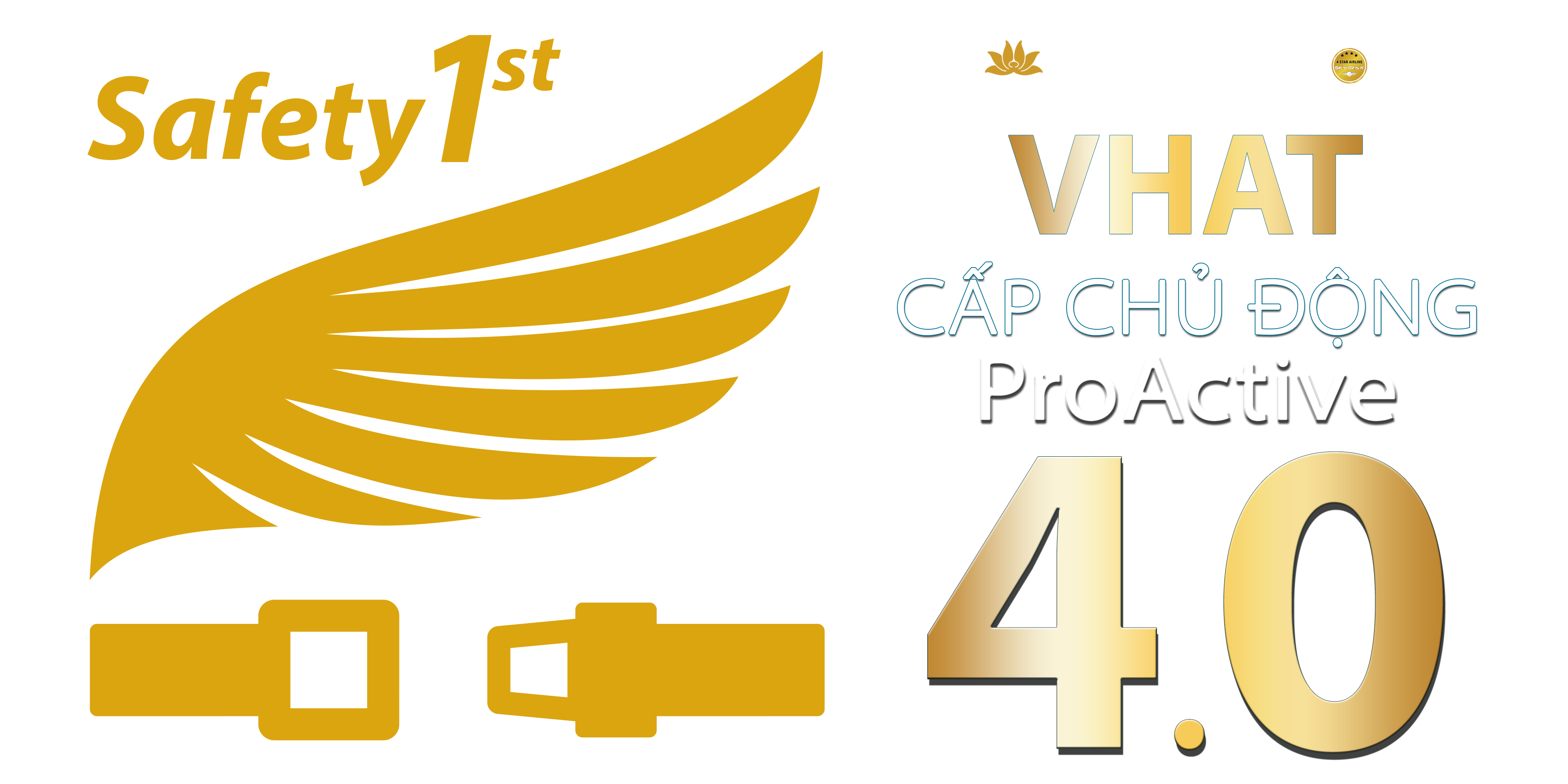Safety and Justice-Job Brüggen
Welcome
Welcome to the Safety and Justice Toolkit. This toolkit is designed to be a general purpose utility. It does not exclusively follow one of the many models about Just Culture that one can find in literature, publications, magazines, websites or blogs. Where relevant, it points users towards more available material elsewhere. First and foremost, the toolkit aims to be as practicable as possible and help users determine, or rather, “interpret” human actions and behaviour during a safety event.Interpreting Human Behaviour
If you see something go right or wrong in a professional environment it is wise to be deliberate in how you react. Advanced users: In the below list, find the level that best matches the observed behaviour. Then select one of the follow-ups on the same row to see suggestions. Beginners: If you don’t know how to select the correct level, check out the ‘general purpose navigator’ first to see how it works.Welcome
This toolkit supports the interpretation of human behaviour during a safety event. This may help you in implementing a Just Culture, whereby both accountability and organisational learning are optimally achieved. The home page shows the interpretor on the left ready for use, but if you want more information, check out the Welcome pages and the Theory pages first.Wizard
Need help selecting the right behaviour class? Apply the Behaviour Navigator
Apply the Behaviour Navigator
About the Toolkit
This toolkit was developed by Job Brüggen, Safety manager at Air Traffic Control the Netherlands and Patrick Kools of GoGen – Beyond Rules. For provision of feedback to authors and further information about using the application on mobile devices visit http://www.safetyandjustice.eu/| Level | Direct to examples | Short description of behaviour | Suggested Just Culture follow up |
|---|---|---|---|
 |
 |
Exceptionally skillful handling of a safety situation. A person really excelled in probably a difficult situation. | Recognizing exceptional behaviour is an important element in a just culture, but it is important to be clear about WHAT you are rewarding and HOW you reward it. Read more >> |
 |
 |
By thorougly understanding how the system works, a person was able to suggest an important improvement to the operations itself or to the safety management system. | Improving the system effectively demonstrates a high level of skill. This should be recognised and rewarded, not just for the individual but also because sets a model for other people as how they can apply their expertise and insight to help everybody improve. Read more >> |
 |
 |
People took action to help others understand and operate the system better. This could be based on a self-experienced incident or based on a known events in the organisation or elsewhere. | Becoming a teacher, sharing lessons learnt, is not only a major milestone in the development of a professional but is also a significant contribution to a safety culture. So, teachers should be recognised and rewarded. Read more >> |
 |
 |
Your person was demonstrating skills working the system as it is known. By the book, intervening where needed. He knows his business! | Working well with the system should not be trivialised. Recognising and rewarding this will establish this way of working as a desirable state. If you do not recognise or reward it, people will see working with the system as dull, boring and unattractive. Read more >> |
 |
 |
Somebody made an error. These can be “slips” or “lapses”, where an action was forgotten or the action was unintentional. Or it could be a “mistake”, in which the wrong procedure was applied (action was intentional, follow up was not). | First check the Routine test to see what you are dealing with.First time it happened
|
 |
 |
A rule or procedure was not followed. Either the rule was not not known, or the rule was too ambiguous or complicated to understand properly. | First check the Routine test to see what you are dealing with:
|
 |
 |
Although the person knew about the rule and the rule in principle was workable, he or she decided that this was not applicable. Either this was done to help the company or client, or this could be done because of “personal optimization”. | First check the Routine test to see what you are dealing with.
|
 |
 |
Person knew there was a rule and person knew it was not followed, but that suited him or her just fine. Also known as “recklessness”. | Situations like this need to be dealt with radically and acutely. Read more >> Make sure you have checked out the Substitution test. |
